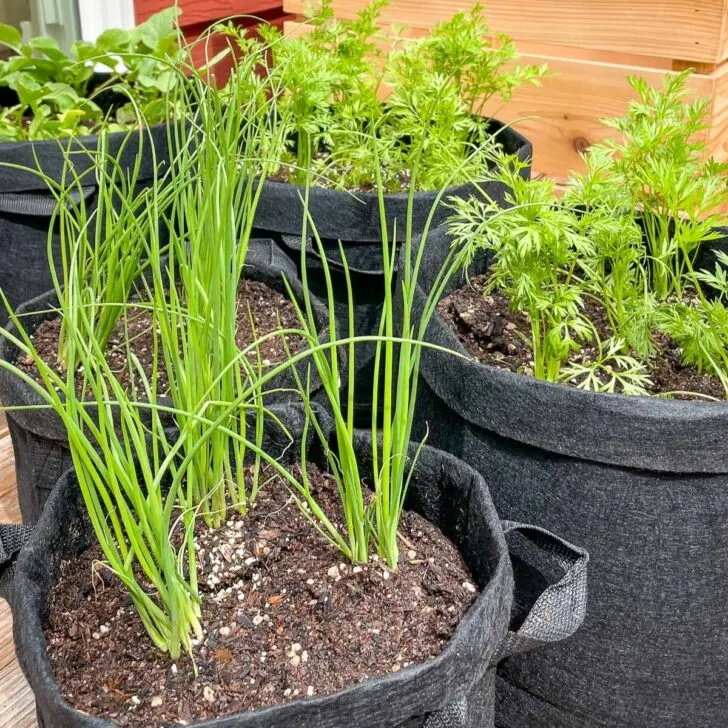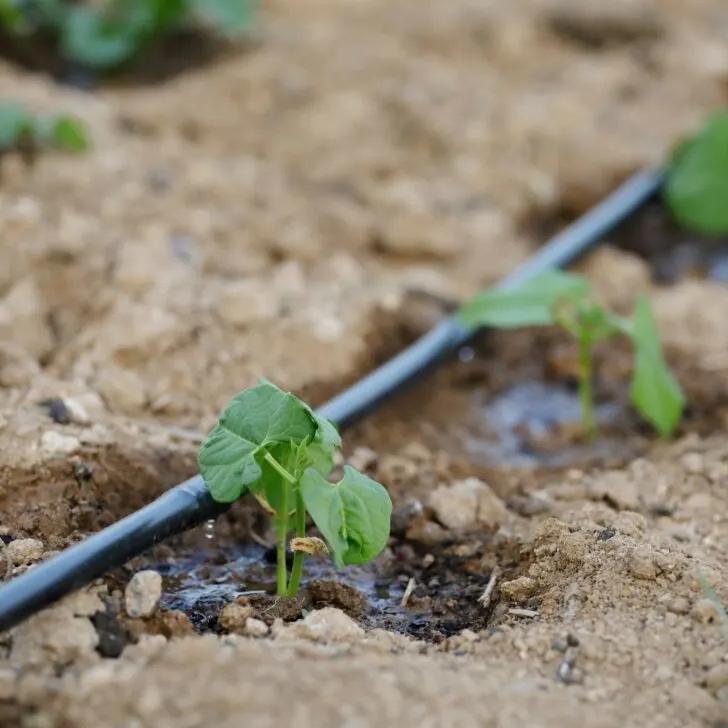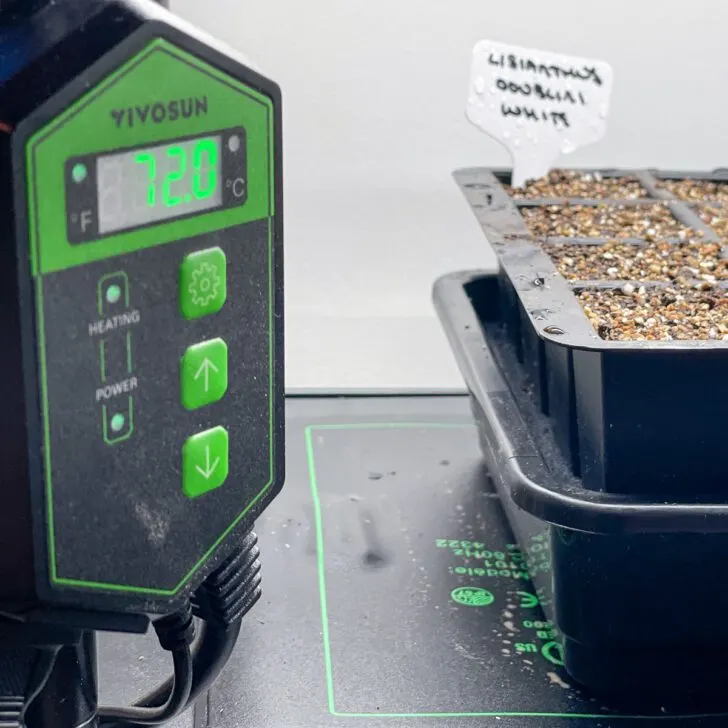Discover the importance of well draining potting soil, how to make your own mix, and tips for choosing the best options for healthy plants.
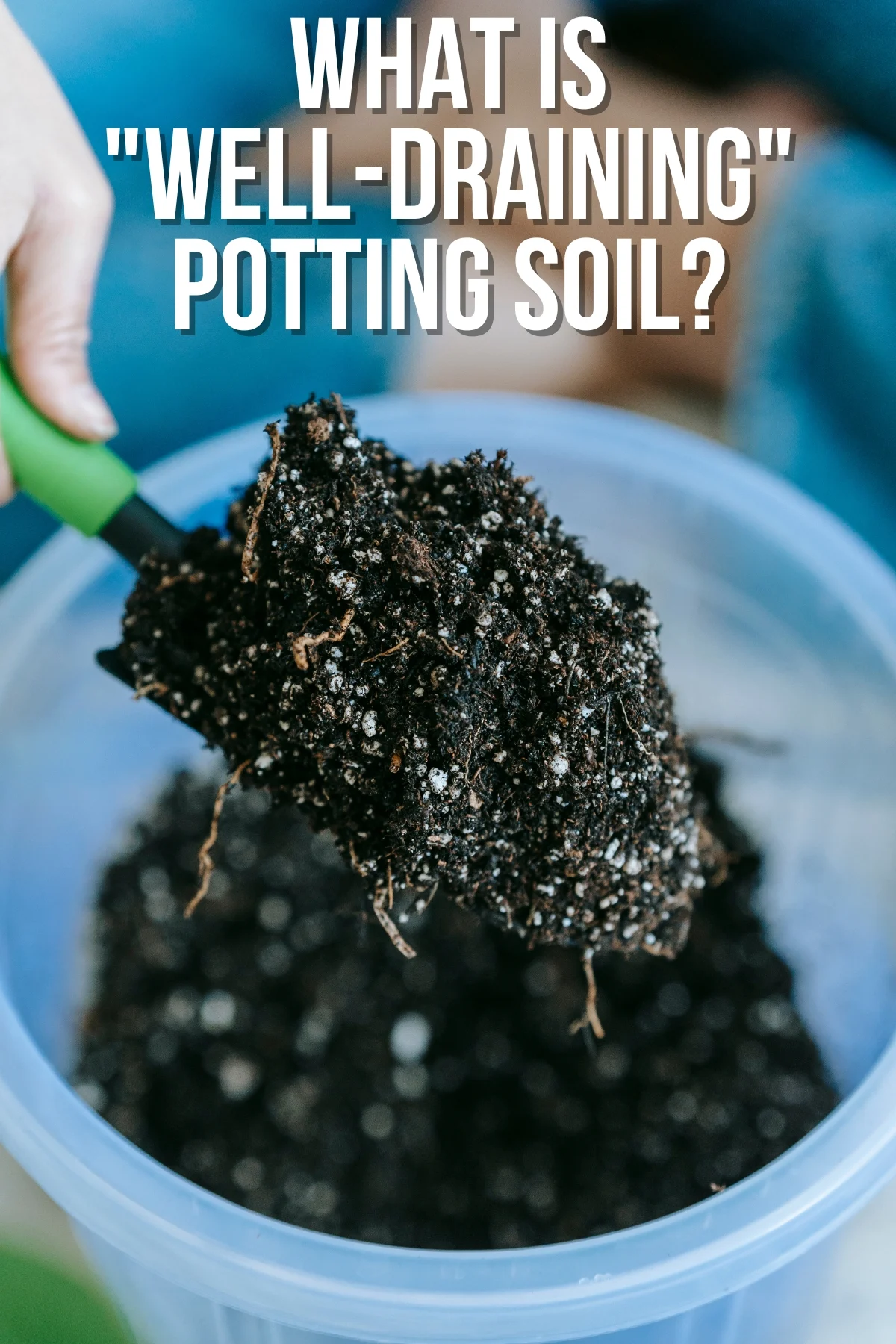
As a gardener, you know that the key to growing healthy plants lies in the foundation - the soil. One of the essential characteristics of good soil for potted plants is its ability to drain well.
In this article, we'll explore the components of a well-draining potting soil and its benefits. Whether you're growing houseplants indoors or creating beautiful containers outdoors, understanding the ins and outs of this crucial yet basic step will help your garden flourish.
So let's dive in and get our hands dirty!
This post contains affiliate links for your convenience. Purchases made through these links may earn me a small commission at no additional cost to you.
Why does potting soil need to be well draining?
In containers, plants have limited space for their roots to spread and access water and nutrients. Well-draining potting soil provides the perfect balance between retaining moisture and allowing excess water to drain away from plant roots.
This balance is essential to prevent problems such as root rot, which can occur when roots sit in overly wet soil for too long. On the other hand, the soil should still retain enough moisture to supply the plant with the water it needs for healthy growth.
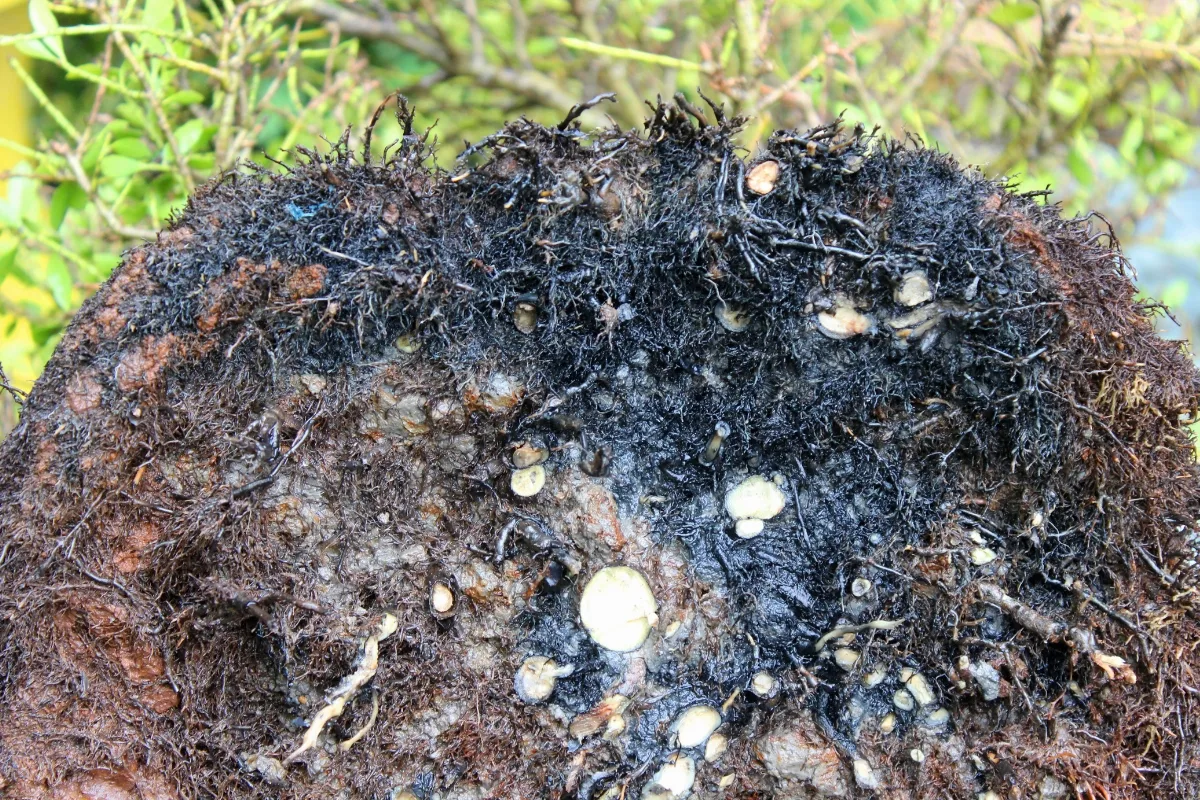
In addition to proper water management, well-draining potting soil also promotes air circulation around plant roots. This is important because plant roots need oxygen to thrive, and a well-aerated soil ensures that they have access to the oxygen they require.
When you use well-draining potting soil, you can expect healthier plants with stronger root systems, improved nutrient uptake, and a reduced risk of disease. In short, it's an essential component of successful container gardening.
Key ingredients of well-draining potting soil
There should be a list of ingredients on the back of your soil bag. I'm always wary of brands that don't provide that information! Here's what is listed on my bag of ProMix potting soil:

This product contains 80-90% peat moss, with the rest comprised of perlite and coconut coir. All three of these ingredients are essential for proper drainage.
The last three ingredients are helpful for plant growth, but aren't related to drainage. Limestone is typically added to peat moss to balance out the acidity. The wetting agent helps prevent the peat moss from becoming hydrophobic when it's really dry. Mycorrhizae is a fungus that promotes root growth.
Let's take a closer look at each of these ingredients...
Peat moss or coco coir
Both peat moss and coco coir are excellent organic materials for moisture retention, and should comprise most of your potting mix. They can absorb water and release it slowly, providing plants with a consistent supply of moisture.
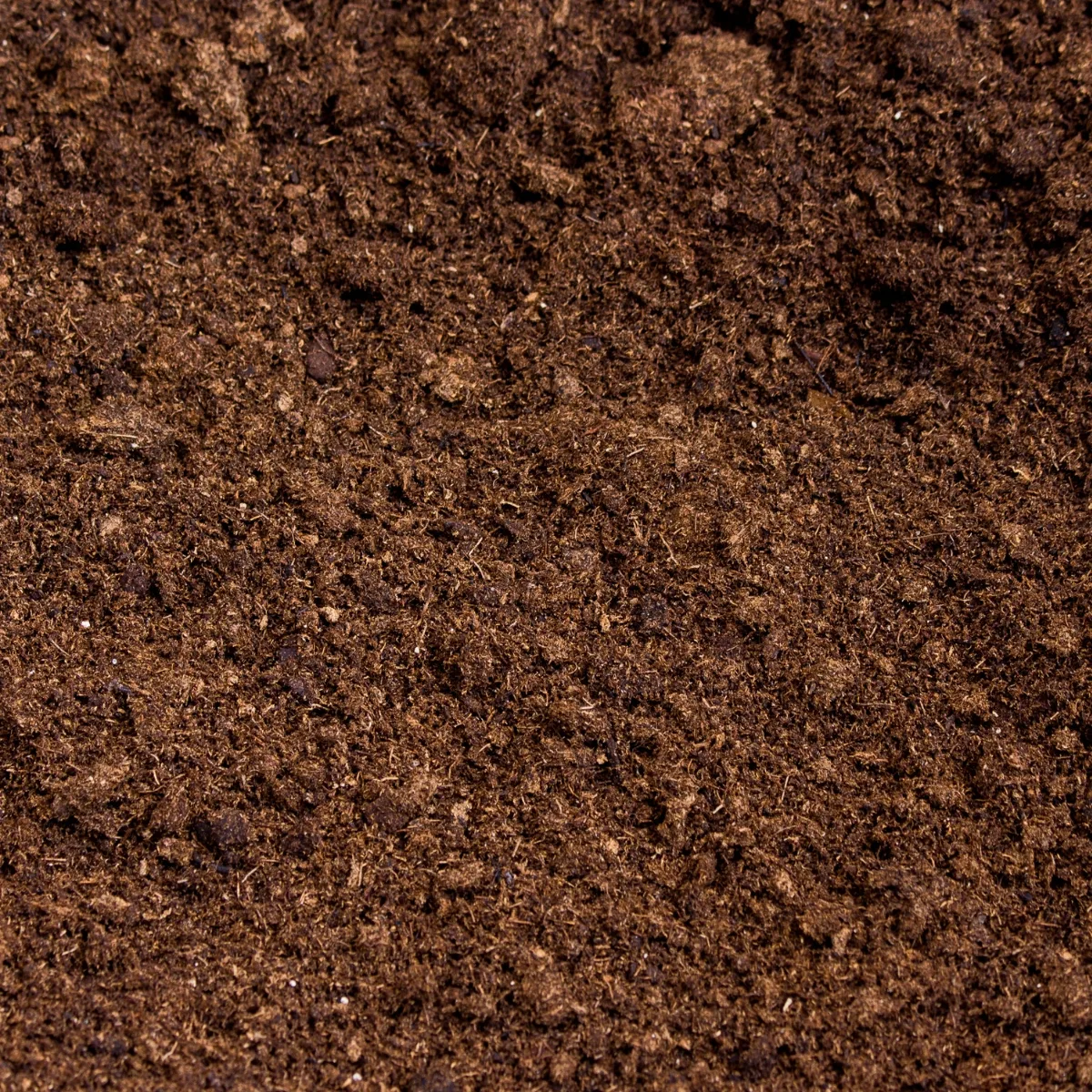
While peat moss has been a popular choice for years, coco coir is a more sustainable and environmentally friendly alternative, as it's made from coconut husks that are usually discarded.
Perlite or vermiculite
These lightweight, porous minerals help improve drainage and aeration in potting soil. Perlite is a volcanic rock that has been heated to create a white, popcorn-like material. Vermiculite is a naturally occurring mineral that expands when heated.

Both can hold water and nutrients, but perlite provides better drainage, while vermiculite retains more water. I typically use perlite for plastic containers, and vermiculite for grow bags that tend to dry out faster.
Chips and bark
Wood chips and bark are often included as filler in cheaper potting mix, but they can also improve drainage and aeration. These larger chunks help create air pockets in the soil and prevent it from compacting.
Coarse sand
Adding horticultural-grade coarse sand to your potting mix can help improve its overall structure. The sand particles help prevent soil compaction and allow water to drain. Sand is more commonly used in cactus and succulent potting soil, because these plants prefer to stay dry.
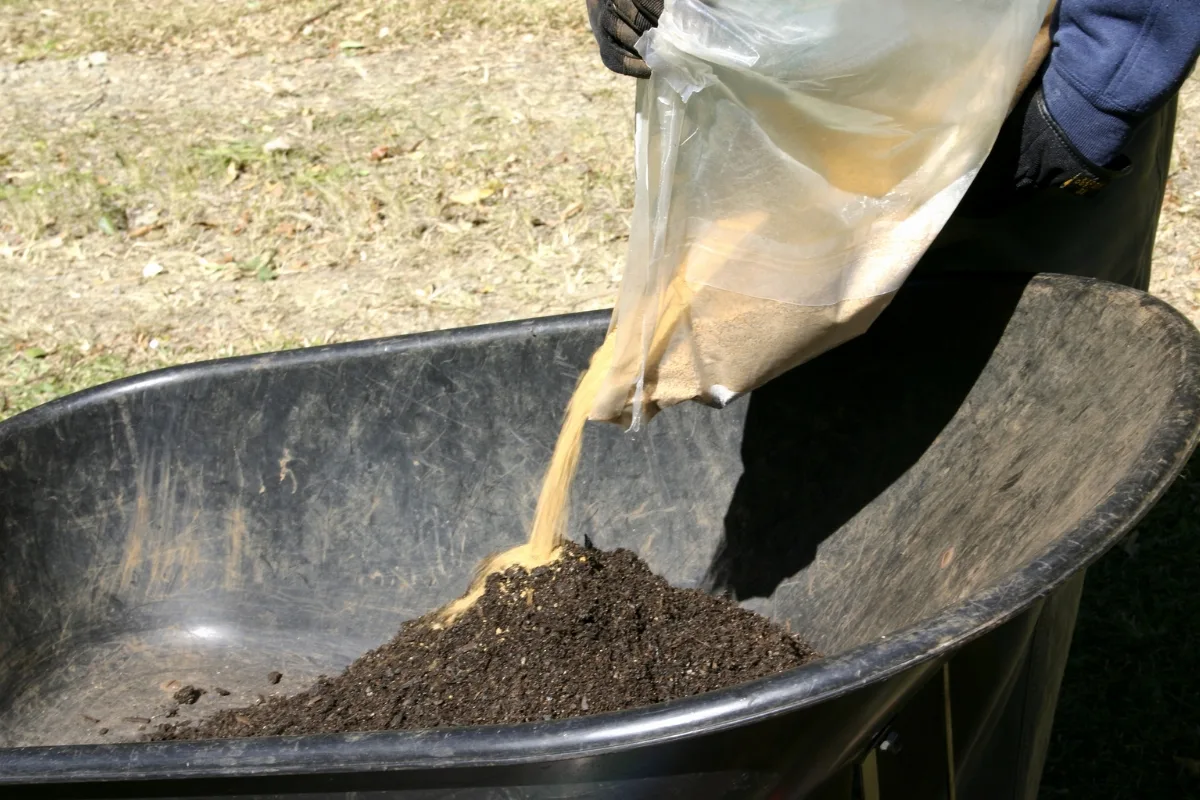
How to Know if Your Potting Soil is Well Draining
It can be tricky to determine if your potting soil is well draining just by looking at the ingredient list. Here are some simple tests and indicators to help you figure it out.
The squeeze test
Take a handful of moist potting soil and squeeze it in your hand. If the soil forms a loose ball that easily crumbles when you let go, it's likely well draining. If it holds its shape tightly or water drips from it, the mix may be too heavy and retain too much moisture.
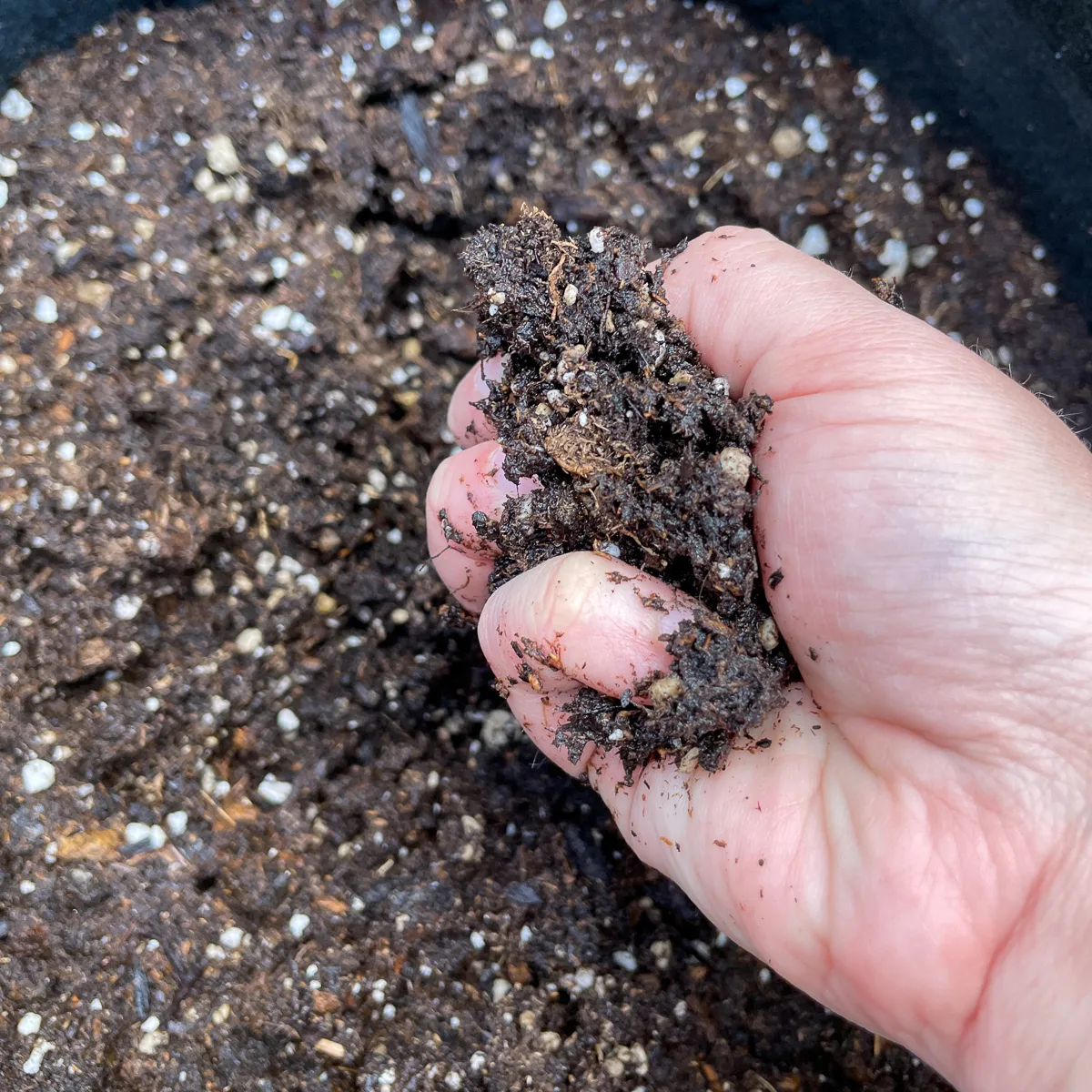
Drainage test
Fill a container with your potting soil and water it thoroughly. Observe how quickly the water drains through the bottom of the pot.
If the water drains quickly but the soil remains moist, it's good to go. If the water sits on top or takes a long time to drain, your mix may need adjustments.
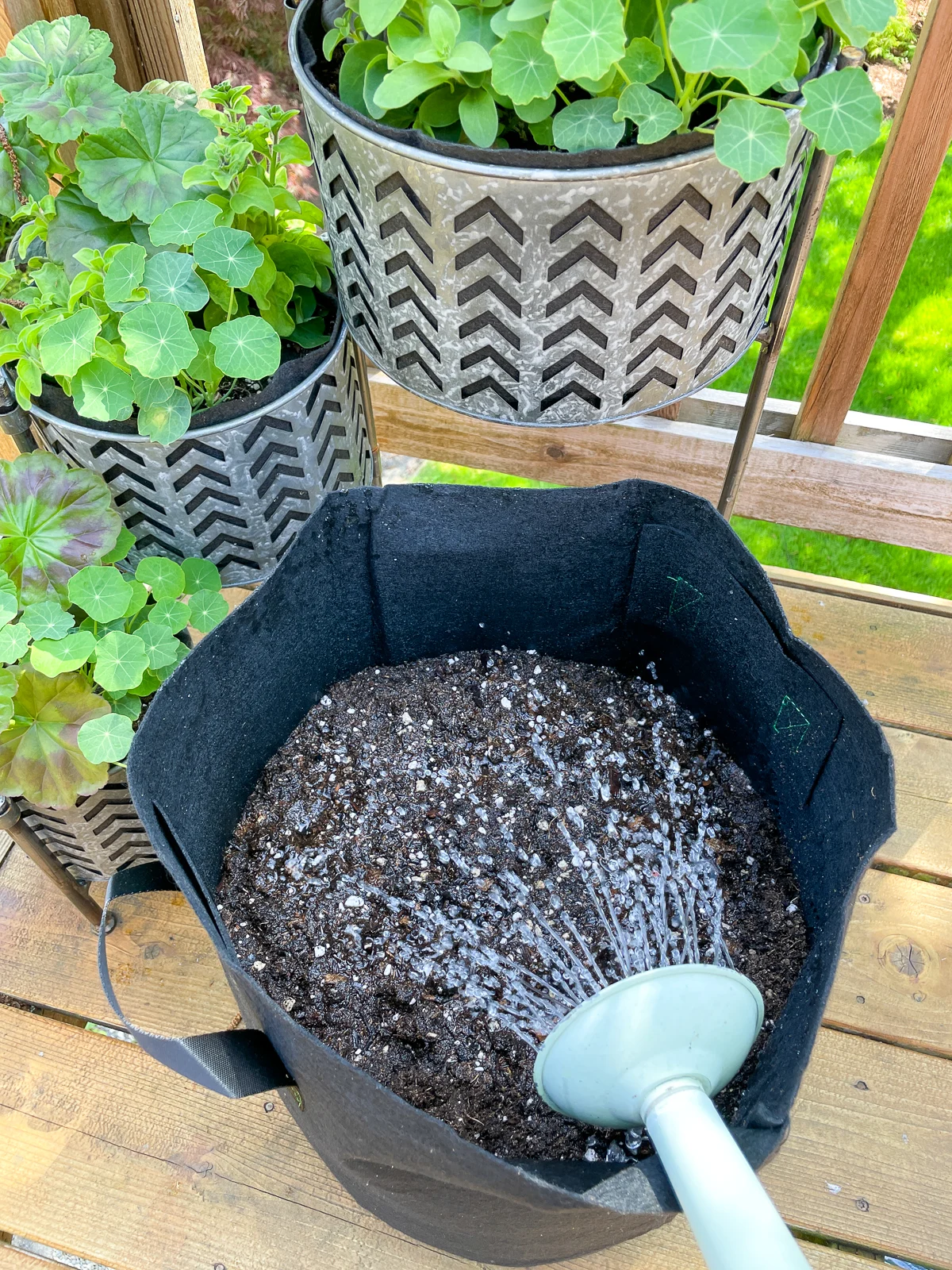
Root health check
If you suspect your potted plant isn't in great soil, inspect the root systems. Healthy roots are white or light-colored and firm to the touch. If you notice roots that are brown, mushy, or have a foul smell, the soil may not be draining well, and root rot could be a problem.
How to Amend Your Potting Soil for Better Drainage
If your potting soil isn't draining as well as it should, consider making the following adjustments:
- Add more perlite, vermiculite, or coarse sand to improve drainage and aeration.
- Reduce the amount of moisture-retentive ingredients like peat moss or coco coir.
- Incorporate wood chips or bark to create air pockets and prevent soil compaction.
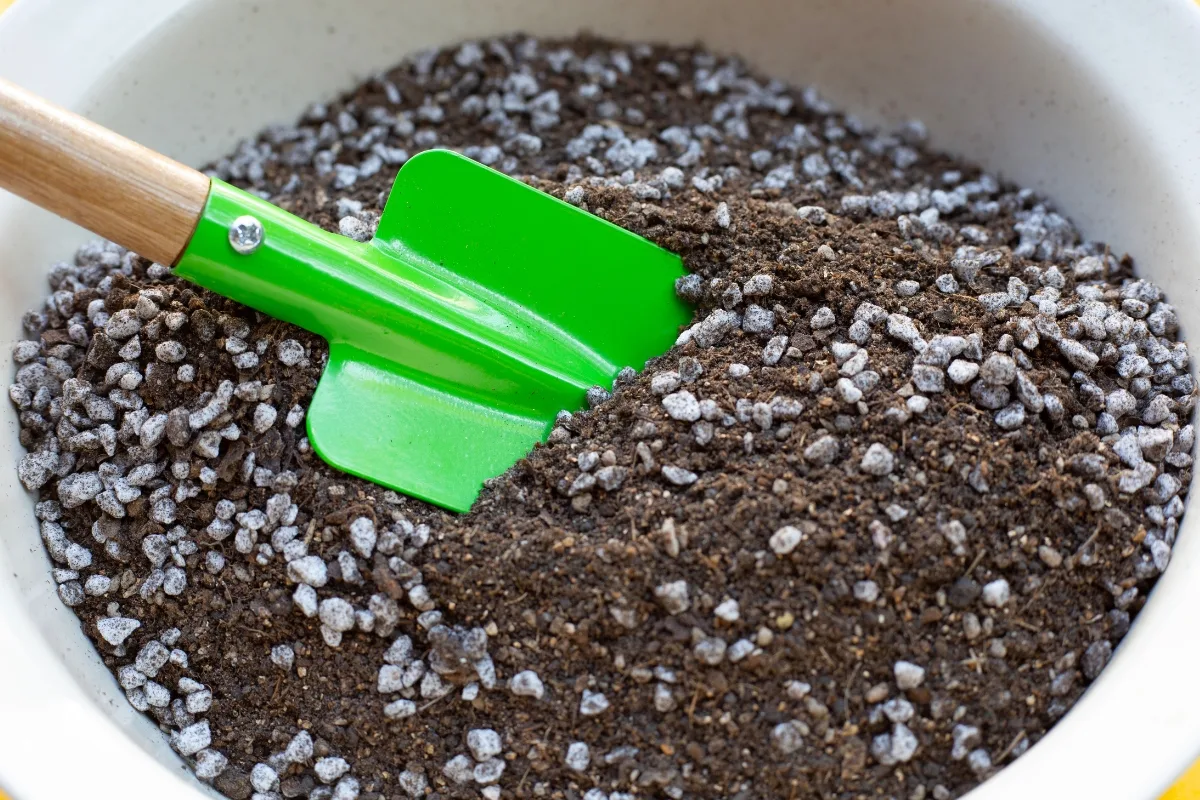
Experiment with different ingredient ratios and perform the tests mentioned above until you achieve a mix that meets the needs of your plants.
Final Thoughts
Well-draining potting soil is a crucial component for the success of any container garden. By providing the right balance of moisture retention, drainage, and aeration, you can ensure that your plants have a strong foundation for healthy growth.
So roll up your sleeves, get your hands dirty, and give your plants the best possible start in life with the right potting soil.
Frequently Asked Questions
Yes, Miracle Gro potting soil is designed to provide good drainage. It contains a blend of peat moss, perlite, and fertilizers, which work together to create a well-draining, nutrient-rich mix.
It's a good idea to refresh or replace the potting soil in your containers every year, depending on what was previously planted. Heavy feeders can draw all the nutrients out of the soil over the course of a season, leaving nothing for your new plants the next year.
You can reuse potting soil, but it's important to refresh the mix with compost or slow-release fertilizer to replenish lost nutrients. Be cautious when reusing soil from a container with a diseased or pest-infested plant, as the soil may transfer those issues to your new plants.
Check out these other plant care articles!

